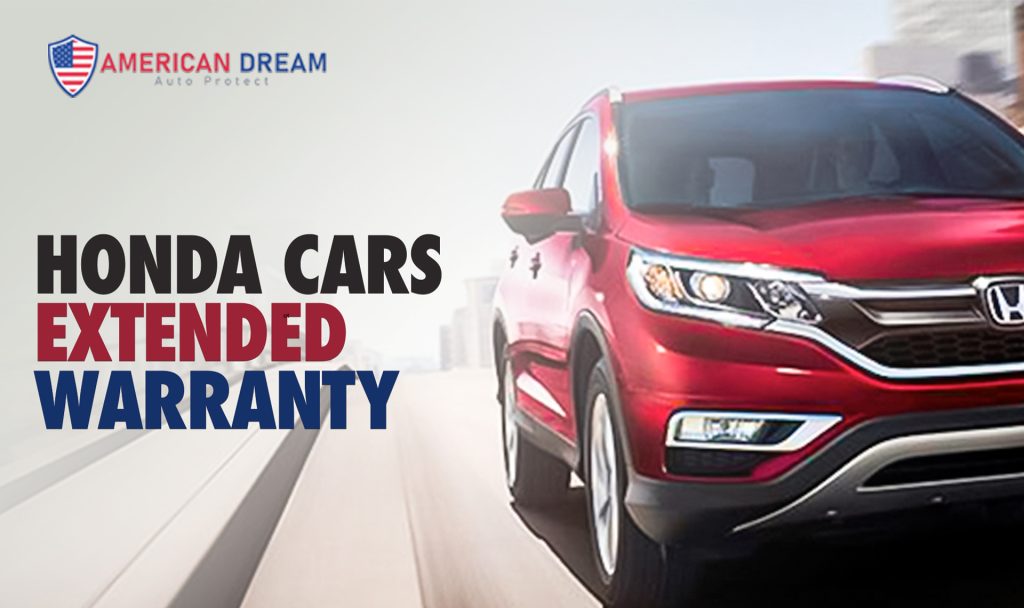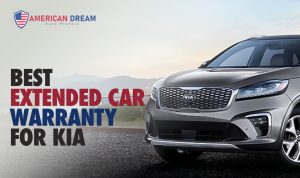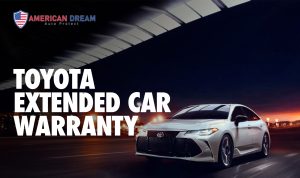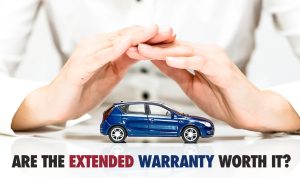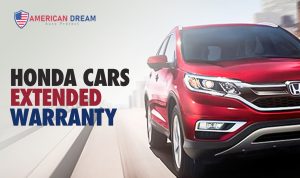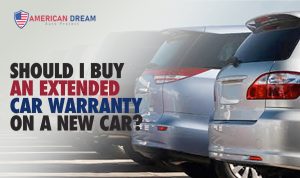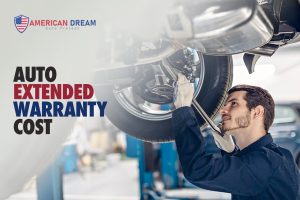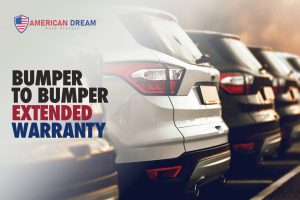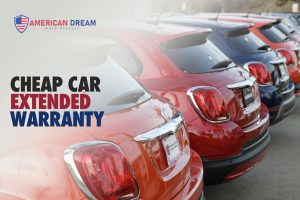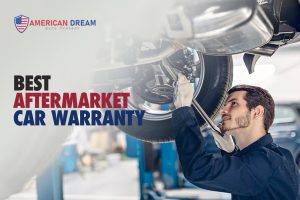Extended Warranty
When you purchase an extended warranty, also known as a car service contract, you are essentially purchasing a plan that will assist you in covering the costs of specific repairs that your vehicle may require while you keep it. In most cases, it begins when the manufacturer’s warranty ends, however, the two can overlap in other cases.
There are numerous automobile manufacturers, such as KIA and Honda, that provide extended warranties for their vehicles. Extended warranties are going to be discussed in detail in this article, as well as how the extended warranty plans of various automobile manufacturers are offered to the public for the purpose of facilitating their purchases.
Coverage
As Steve Roberts, Ardent Credit Union’s auto purchasing concierge, explains, “Most warranties you purchase do not cover the same amount of components that the original factory warranty [covers], so you have to be careful about the type of coverage it gives.”
Additionally, normal maintenance — like oil changes, replacement tires, new brakes, and other services — is typically excluded under extended warranties. There is also the option of purchasing roadside help separately.
Cost
It’s common for dealerships to ask you whether you want to purchase an extended warranty when you buy a new vehicle. Extended warranties, like finance, tend to be marked up by dealerships in order to generate money.
Think about bargaining with the dealer or checking out some independent suppliers if you’re serious about buying one.
Plan features, as well as price, might vary greatly depending on your car’s make and model and what it covers. The warranty might cost anywhere from $1,000 to $3,000 or even more upfront. Adding the cost of a warranty to your motor loan can also result in interest and possibly other expenses.
It’s possible that you’ll have to pay an additional fee. Both per-repair and warranty service visit deductibles are common. To avoid paying numerous deductibles for the same repair, it’s crucial to know how your deductibles operate with your insurance provider.
Extended Warranties On New and Used Cars
In most cases, when you purchase a new automobile, you will not need to utilize an extended warranty right away since the manufacturer warranty — which is often included in the purchase price of the car — will cover the cost of most repairs during the first few years that you own the vehicle.
A used automobile purchased through a dealership, on the other hand, may not be protected by the manufacturer’s warranty. Look for the Buyer’s Guide on the inside of the car window to find out. It should make it clear whether or not the vehicle is being offered a warranty. If this is the case, you may be required to pay a charge in order to have it transferred to you.
For an additional price, you may get an extended warranty if you’re purchasing a car that is no longer covered by the manufacturer’s warranty or if you want further coverage after the warranty has expired.
Though each manufacturer offers a different length of warranty, the majority of them provide bumper-to-bumper coverage for three years or 36,000 miles, whichever comes first. Powertrain warranties can last for up to 60 months or 60,000 miles, whichever comes first.
Types of Extended Warranties
When it comes to extended warranties, there are two sorts to choose from: those provided by carmakers (also known as original equipment manufacturers or OEMs) and those provided by third-party sellers (commonly known as aftermarket warranties).
An original equipment manufacturer (OEM) is a car manufacturer such as Chevrolet, Ford, or Toyota. A third party might be an insurance or warranty firm that is not directly linked with a particular automobile manufacturer.
Manufacturer Warranties
Warranty coverage provided by the manufacturer when a vehicle is brand new is divided into two categories: powertrain coverage and “bumper to bumper coverage.” When it comes to your engine and gearbox, a powertrain warranty is responsible for protecting you against faults in workmanship that would cause either your engine or transmission to fail to perform as intended.
A bumper-to-bumper warranty (sometimes known as a “limited” warranty) will cover the majority of the other components of the vehicle. As well as coverage for main mechanical components under the hood, bumper-to-bumper warranties also include coverage for items like navigation systems, power seats, onboard computers, and other electronic components.
An extended warranty from the manufacturer would often be similar to the one that was supplied when the vehicle was new, with the exception being the period of coverage and the number of kilometers allowed. Some companies will provide additional perks like roadside assistance.
When deciding which warranty is best for you, you may be given the option of selecting one that has a deductible or one that does not. Like vehicle insurance, the bigger your deductible, the lower your premium will be. The same is true for home insurance. The good news is that the deductibles for OEM warranties are usually small, seldom surpassing $200 in most cases.
Third-Party Warranties
Many third-party or so-called aftermarket warranties give coverages that are identical to those offered by the original equipment manufacturer. However, some third-party warranties have restrictions, regulations, and criteria that are not often included in OEM guarantees. Some third-party warranties have drawbacks, such as stringent restrictions on where your car may be repaired and high deductibles. Others have advantages, such as unlimited coverage. There is no assurance that original equipment manufacturer (OEM) components will be used.
Another significant distinction is the manner in which the coverage is administered. If you have a third-party warranty, you may be required to pay for a repair out of pocket and then make a claim in order to be reimbursed. This is not usually a speedy procedure, and it may take months to recuperate the money you spent on the protected things you purchased. In the event that you decide to use a third-party warranty, be sure to understand the payment requirements.
Aside from these drawbacks, third-party warranties are often less expensive than those provided by the original equipment manufacturer. In some instances, a third-party warranty may be the sole alternative accessible to the customer. Since a Hyundai dealership is not an authorized Ford dealer, purchasing a used Ford from the Hyundai dealership is unlikely to result in the Hyundai dealership being able to provide you with a Ford original equipment manufacturer (OEM) warranty.
You should take your time and carefully research the coverage specifics of any third-party warranties you are contemplating purchasing before agreeing to have them included in your purchase.
Things to Consider
If you are considering purchasing an extended warranty for a Honda or a KIA vehicle, you should examine the following factors to determine if it is worthwhile to do so.
- Do you have a warranty that is already in effect? To what degree is your car already covered by a warranty, and is the duration of that coverage consistent with the amount of time you expect to spend driving it? When a vehicle has a manufacturer warranty of three years or 36,000 miles and you intend to maintain it for two or three years — with an estimated yearly mileage of around 10,000 — an extended warranty may not be the best option for you. It’s probable that you’ll be covered under the manufacturer’s warranty. While an extended warranty may not be necessary in most cases, it may be extremely beneficial when acquiring a used vehicle that is either out of warranty or on its way out of warranty and intending to drive the vehicle until its wheels fall off.
- For how long will you be protected by your insurance policy? If you acquire a used vehicle with a seven-year, 100,000-mile guarantee, for example, make sure you know when the miles and time truly begin to count. Is the coverage effective from the time you take possession of the car or from the time it was first sold new? Before you sign, be sure you understand exactly what you’re paying for.
- What exactly is covered? What exactly isn’t? The differences between the various designs may appear to be insignificant, yet they might be really significant. If you have major worries about a vehicle’s electrical system, or if you are primarily concerned with the vehicle’s powertrain, be sure that the warranty you are contemplating covers the elements you need. Consider reading over the inclusions and exclusions before you sign anything
- Is it possible to terminate the warranty at a later date?
- Some jurisdictions enable you to cancel a warranty even if it was purchased a long time ago. If you are eligible for a refund, you will get a prorated return amount. If you purchased this warranty as part of a vehicle loan, your loan’s principal amount will be lowered. It is expected that the number of payments you will have to make will be decreased as a result of this. The payment amount, on the other hand, will stay unchanged.
- Do you have a maintenance budget that is different from your other budget? You really should. Regular maintenance items including oil changes, timing belt replacements, and tune-ups are often not covered by extended warranties, as a general rule. The majority of extended warranties do not cover parts that wear out over time, like brake pads or windshield wipers.
Coverage of extended Warranty of Honda
Each new Honda comes with a manufacturer warranty that protects you from having to pay for expensive repairs. But what happens when that warranty expires and you no longer have coverage? The right Honda extended warranty can keep your vehicle secure for the long haul – but only if it is selected carefully.
Firstly, it is vital to mention the protection that comes with new Honda vehicles before moving on to the Honda extended warranty. Honda manufacturer warranties typically contain two categories of coverage: mechanical and electrical.
This guarantee, also known as the Honda bumper-to-bumper warranty, covers the bulk of your car’s repairs for the first three years or 36,000 miles after the vehicle is purchased.
This limited warranty covers your car’s powertrain systems, such as the engine and transmission, for a period of five years or 60,000 miles.

